Thank you for your feedback. I have finalized the report and sent it to my stake president. I am pleased to report that he has agreed to send it on to General Authorities. The original text of the post is below for historical purposes, but the final version, incorporating feedback I received from Exponent readers and others, is available at http://bit.ly/LDSpolicy2.
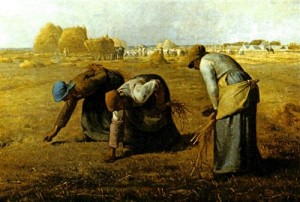
The scriptures teach that “if ye have desires to serve God ye are called to the work” (D&C 4:3) but church policy bans women from many service opportunities simply because they are women. Although there is no scriptural mandate barring women from the priesthood, the present-day female priesthood ban precludes women from serving the Church in all capacities that are limited to priesthood holders by scripture. Church policy also bars women and girls from numerous service opportunities that are not limited to priesthood holders by scripture, such as preparing and passing the sacrament; collecting, counting, distributing and auditing church funds; officially witnessing baptisms and weddings; overseeing and operating technology and leading Sunday Schools and mixed gender groups of missionaries. Gendered restrictions on male Primary workers, such as requiring co-teachers for men but not women, also limit opportunities for women, because they make it difficult to call men to the Primary so that women can rotate through other callings.
President Dieter F. Uchtdorf has said that “holding the priesthood gives us abundant opportunities to feel the joy that Ammon expressed: “Have we not great reason to rejoice? … We have been instruments in [the Lord’s] hands of doing this great and marvelous work.”[1] For women, opportunities are less abundant than for men, which limits female access to the blessings of giving church service, such as spiritual experiences and personal growth. [2]
Even without ordination, a woman may receive “priesthood authority in performing her…assigned duties”[3] but church policy places extreme limits on the duties priesthood leaders may assign to women. Expanding women’s opportunities to make decisions, preside over mixed gender groups, offer blessings, officiate in ordinances publicly—not just inside the temple, conduct ecclesiastical interviews and carry out projects and activities without male supervision would empower women to “be anxiously engaged in a good cause, and do many things of their own free will, and bring to pass much righteousness.” (D&C 58:27)
[1] Dieter F. Uchtdorf, Your Potential, Your Privilege, 2011 https://www.lds.org/general-conference/2011/04/your-potential-your-privilege?lang=eng
[2] Thomas S. Monson, Be Your Best Self, 2009 https://www.lds.org/general-conference/2009/04/be-your-best-self?lang=eng
David L. Beck, The Magnificent Aaronic Priesthood, 2010 https://www.lds.org/general-conference/2010/04/the-magnificent-aaronic-priesthood?lang=eng
Thomas S. Monson, Dare to Stand Alone, 2011 https://www.lds.org/general-conference/2011/10/dare-to-stand-alone?lang=eng
Thomas S. Monson, See Others as They May Become, 2012 https://www.lds.org/general-conference/2012/10/see-others-as-they-may-become?lang=eng
[3] Dallin H. Oaks, The Keys and Authority of the Priesthood, 2014 https://www.lds.org/general-conference/2014/04/the-keys-and-authority-of-the-priesthood?lang=eng
This post is a section of my draft policy analysis, a Values-based Approach to Woman-friendly Policy in the Church of Jesus Christ of Latter-day Saints. I have completed as much policy research as I can alone and now I am asking for feedback from the Mormon community before I finalize and submit the report. All draft sections will become available at the following links when they are posted:
Introduction
 |
Introduction |
Values
 |
Womanhood |
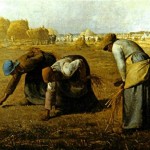 |
Opportunity |
 |
Communication |
 |
The Golden Rule |
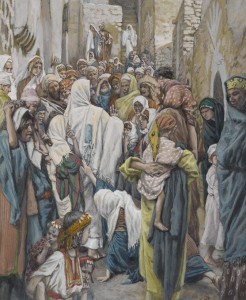 |
Protecting the Vulnerable |
| Transparency | |
 |
Agency |
Policy Suggestions
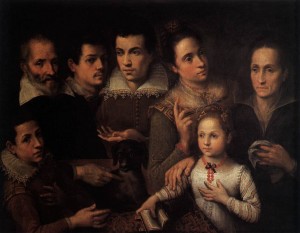 |
Introduction |
Access all posts here.


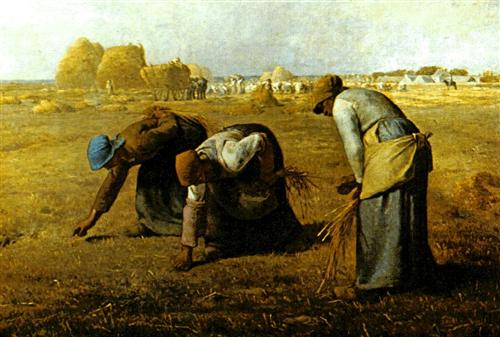
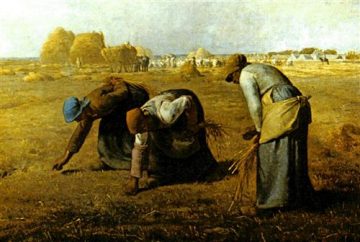


9 Responses
Just read the first two values, and I’m cheering aloud! Well-said, all of it. Keep them coming. Your SP is going to be floored! Please bless that he will be touched by the Spirit to do all he can to move it up the chain, and keep at it until someone listens!
[…] Opportunity […]
My only concern is that if asking about the ordination of women to the priesthood is off the table for now – in the opinion of anyone who handles the letter between you and the Prophet – they may not be able to hear your words, and dismiss the entire letter.
If you can strengthen the parts speaking against priesthood creep, and also perhaps reference the changes to Executive Councils recently, I think it would help people for whom ordination is a red flag, obscuring the rest of the message.
There has been a long, ongoing debate among feminists about whether we should openly discuss all of the proposals that will appeal more to male priesthood leaders and avoid talking about expanding the priesthood to women, in particular, to avoid eliciting a negative reaction from priesthood holders.
I have heard from several sources the LDS Public Affairs has a policy of refusing to talk to women about any subject who have openly expressed support for women’s ordination. An open letter from Michael Otterson, Director of Public Affairs, seems to confirm that this silent treatment policy exists and expands upon it to say that priesthood leaders also follow this policy. So yes, the risk is real that church leaders will refuse to talk to me about anything because they disagree with me about one of the many suggestions I have offered them. http://www.feministmormonhousewives.org/2014/05/an-open-letter-from-michael-otterson/
LDS Wave, a women’s advocacy organization, has attempted to seek woman-friendly change without advocating for priesthood ordination. Although they excluded this important but controversial item from their platform, some leaders of their organization experienced serious repercussions from priesthood leaders. It seems that it is not safe for Mormon women to suggest policy changes of any kind, whether related to priesthood or not. http://www.ldswave.org
With this proposal, I am taking a leap of faith. I am showing church leaders that I have faith in them enough to hope that they will move forward with this conversation in more productive ways than the silent treatment or punitive measures. In my professional work, I have frequently worked with large coalitions of people who disagree with each other fundamentally on many issues, yet, we are able to collaborate on our points of agreement. If church leaders choose to speak with me, I will be able to show them that I am quite a reasonable person and I think we will find many points of agreement for collaboration, even if we must agree to disagree for now on some of the other things I would like to accomplish.
I’m enjoying your posts! However, you may need to be careful with one point in this section:
This particular requirement is in place as a protective measure for children. While it is indeed sexist, it’s fairly standard throughout religious and non-religious organizations alike. As I understand it, this policy was adapted from the BSA policies regarding children being left alone with adults. In the BSA, a single adult (male or female) is never left alone with children to avoid child abuse of any kind. Within the LDS church, this policy has only been established with males because, statistically, only 4 to 5 percent of sexual abusers of children are female (Saradjian, 2010).
So while I agree with your point about limiting the number of men who can then serve in the Primary organization, I don’t necessarily think this policy is (1) without cause nor (2) easily changed without requiring two teachers for every individual class regardless of the teachers’ genders.
Keep up the good work!
Citation:
Saradjian, Jacqui, 2010, “Understanding the Prevalence of Female-Perpetrated Sexual Abuse and the Impact of That Abuse on Victims”. In Gannon, Theresa A.; Cortoni, Franca. Female Sexual Offenders. pp. 9–30. doi:10.1002/9780470666715.ch2. ISBN 978-0-470-66671-5)
I think 2-deep leadership is wise for any situation with children, so I think that requiring two co-teachers is a good idea, regardless of gender. Other safety measures could also be considered if staffing is a problem, such as mandatory background checks and installing windows in all classrooms, so all activity can be easily seen from the hall. Many newer meeting houses already have windows in all doors as a standard feature.
Some other recommendations I have made are to allow people to co-teach with other members regardless of sex and to allow women to serve in callings currently limited to men. Right now, a man must have a male co-teacher or his own wife. More flexibility in staffing would make universal two-deep leadership more feasible.
This series is incredible. I’m in awe at the structure and iron-clad arguments you’ve laid out. This is excellent.
You’ll be in my prayers as this moves forward as this is a difficult topic to discuss . . . no one wants to face these ugly truths.
In this article, the elephant in the room is the women-get-motherhood-men-get-priesthood argument that I don’t agree with, but your target audience does. Reading this, they will automatically go there. You’ve very specifically articulated the type of service and opportunity unavailable to women. It is obvious in reading your essay that you are speaking of community and church (brotherhood/sisterhood) service, not parenting. But, the elephant in the room is that women shouldn’t be jealous, they have babies and we’ve spelled this out in numerous conference talks for us. I don’t know how to quickly get past that argument, because it is so deeply held. The logic is shaky, but it has been past down from generation to generation and women (including Sherri Dew and the current Aux. GAs) perpetuate it.
Yes. I will need to be prepared to respond to those arguments.
I love this one too! I particularly appreciate your use of the terms “ban” and “bar.” I like the harshness of the words. It’s good to call a ban a ban and not go along with attempts to make it more palatable by describing it with soft language.